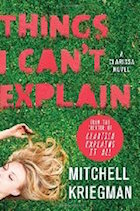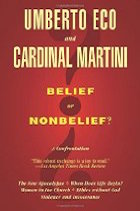 With spring less than a week away (hooray!), it’s time to examine the TBR pile and decide what to read in the upcoming season. This topic came at the perfect time for me, since I’ve been in a bit of a reading slump lately. I’m working my way through the monolithic War and Peace, and the shorter books I’ve been reading on the side have generally not thrilled me. Luckily, I’m very excited about some of the books on this list! Here’s what I’m planning to read this spring:
With spring less than a week away (hooray!), it’s time to examine the TBR pile and decide what to read in the upcoming season. This topic came at the perfect time for me, since I’ve been in a bit of a reading slump lately. I’m working my way through the monolithic War and Peace, and the shorter books I’ve been reading on the side have generally not thrilled me. Luckily, I’m very excited about some of the books on this list! Here’s what I’m planning to read this spring:
1. Ruta Sepetys, Salt to the Sea — I already have this one checked out from the library. I’ve only heard good things about it, and I love a good World War II novel!
2. Maggie Stiefvater, The Raven King — Obviously. I loved the first three books in the series and can’t wait to see how it ends! #SaveGansey (I do think he’s going to die, but that doesn’t necessarily mean he has to STAY dead, right?)
3. Jacques Philippe, Interior Freedom — I’ve been meaning to read this book for a while, and Lent seems like the perfect occasion. I really loved Fr. Philippe’s Time for God, so I’m confident that I will find this book equally edifying.
4. Cindy Anstey, Love, Lies and Spies — Regency romance plus “fake relationship becomes real” plus spies plus gorgeous cover? This book checks ALL my boxes, y’all!
5. Jen Chaney, As If!: The Oral History of “Clueless” As Told by Amy Heckerling, the Cast, and the Crew — “Clueless” is one of my all-time favorite movies, so obviously I need to read this! Luckily, a friend of mine owns it and was willing to lend it to me. I MAY even give it back to him at some point!
6. Ernest Hemingway, A Moveable Feast — Another book I’ve been meaning to read for a while, and I think it would be nice to read it in April. Who doesn’t love Paris in the springtime?!
7. Morgan Matson, The Unexpected Everything -— After Amy and Roger’s Epic Detour and Since You’ve Been Gone, I think Morgan Matson is officially on auto-buy status. Can’t wait to read this May release!
8. V.E. Schwab, A Darker Shade of Magic -— I’ve been seeing LOTS of buzz about this one, and it looks really good! I think this is one of the books I’m most eager to read right now.
9. Laura Esquivel, Like Water for Chocolate — This book has been on my radar for a while, but I was never really convinced to read it until I saw a review comparing it to Sarah Addison Allen. SOLD.
10. Kristan Higgins, If You Only Knew — I love Kristan Higgins, and this is her only book that I don’t yet own. I will be rectifying this situation soon!
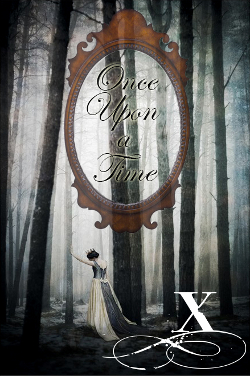
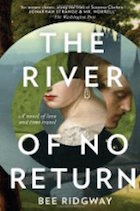
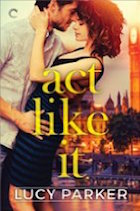
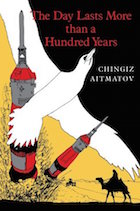
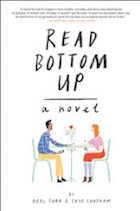

 With spring less than a week away (hooray!), it’s time to examine the TBR pile and decide what to read in the upcoming season. This topic came at the perfect time for me, since I’ve been in a bit of a reading slump lately. I’m working my way through the monolithic War and Peace, and the shorter books I’ve been reading on the side have generally not thrilled me. Luckily, I’m very excited about some of the books on this list! Here’s what I’m planning to read this spring:
With spring less than a week away (hooray!), it’s time to examine the TBR pile and decide what to read in the upcoming season. This topic came at the perfect time for me, since I’ve been in a bit of a reading slump lately. I’m working my way through the monolithic War and Peace, and the shorter books I’ve been reading on the side have generally not thrilled me. Luckily, I’m very excited about some of the books on this list! Here’s what I’m planning to read this spring: